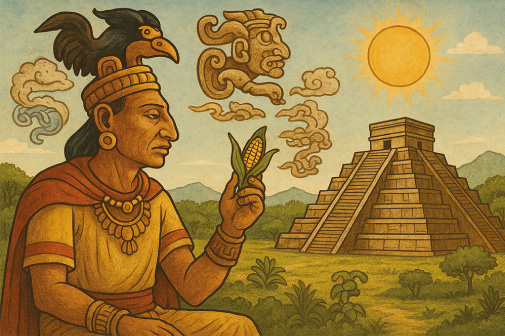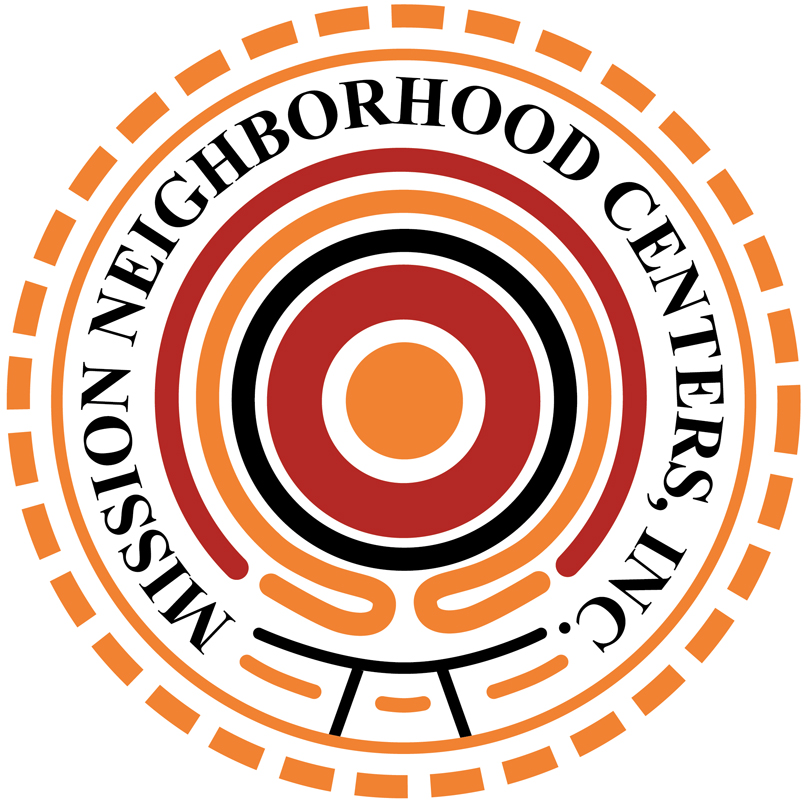by the El Reportero‘s staff
The Central American region, made up of countries such as Guatemala, El Salvador, Honduras, Nicaragua, Costa Rica, and Panama, was home to various pre-Columbian civilizations that flourished thousands of years before the arrival of Christopher Columbus in 1492. These cultures, although sharing certain similarities, also had unique characteristics that distinguished them, such as their religions, customs, social organization, and scientific advancements. Among the most notable are the Mayan, Olmec, and Mesoamerican civilizations, which left a profound legacy in both their architecture and worldview.
The Mayan civilization
The Mayans occupied a large part of what are now Guatemala, Belize, Honduras, and El Salvador. Their civilization reached its peak between 250 and 900 AD, although their influence lasted for centuries longer. The Maya are known for their advanced knowledge of astronomy, mathematics, and architecture, developing a hieroglyphic writing system, an accurate calendar, and monumental pyramids.
Religiously, the Maya had a pantheon of deities associated with the natural elements. One of the most important gods was Itzamná, the creator of the world, associated with the sun and wisdom. Chac, the rain god, was worshipped to ensure harvests. Furthermore, the Maya believed in a cosmic cycle, where life and death were interdependent. Ceremonies of human sacrifice, although controversial, were part of their religious practices, especially to honor the gods and ensure prosperity.
The Olmecs and their influence
The Olmecs, considered the “mother culture” of Mesoamerica, flourished between 1200 and 400 BC in what is now southern Veracruz and Tabasco, Mexico, although their influence reached Guatemala. This civilization left a fundamental legacy, especially in terms of architecture, with its colossal stone heads, and the creation of the first forms of writing and calendar.
In terms of religion, the Olmecs worshipped a series of deities related to nature and the elements. The most prominent figure in their pantheon was the Jaguar, considered a sacred being. They also had a relationship with water, and the god of corn was of great importance. The connection between corn and fertility was reflected in their agricultural and worship rituals.
The cultures of Nicaragua and Costa Rica
In Nicaragua and Costa Rica, pre-Columbian civilizations also developed advanced cultures, albeit with particular characteristics. In Nicaragua, peoples such as the Chorotegas and the Nicaraos were noted for their ceramic work, the hierarchical organization of their societies, and the worship of deities linked to agriculture, such as the god of corn.
In Costa Rica, peoples like the Diquí left an important legacy of stone sculptures, known as stone spheres, which remain a mystery to archaeologists today. Their worldview was centered on the worship of the natural elements, with a strong connection to the earth and the agricultural cycle. Gods associated with rain and the sun were central to their mythology.
Religious worldview and the deification of natural elements
Throughout Central America, deities were closely linked to the natural elements. The sun, the moon, water, and corn were central to the spirituality of pre-Columbian peoples. Corn, in particular, was seen as a symbol of life and rebirth. Many peoples had creation myths in which the gods created humans from corn, symbolizing the profound relationship between humans and the earth.
In short, the history of the pre-Columbian era in Central America is marked by the splendor of civilizations that achieved great advances in architecture, science, and religion. Their deities, many of which were representations of natural elements, reflect the importance of nature in their worldview. The influence of these cultures lives on in the region and continues to be an essential component of the identity of the Central American peoples.



